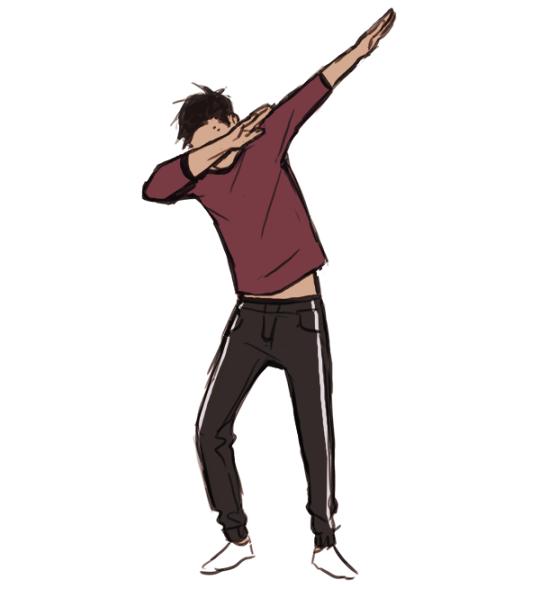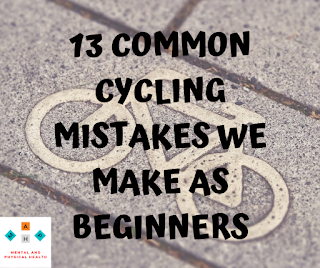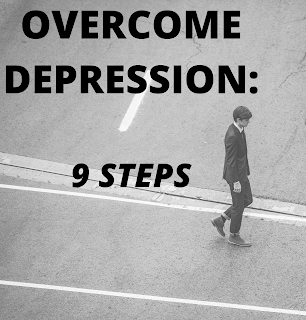8 SIMPLE BUT EFFECTIVE STEPS TO PREVENT CORONAVIRUS
8 SIMPLE BUT EFFECTIVE STEPS TO PREVENT CORONAVIRUS
Image by Vektor Kunst
Coronavirus has been
declared a pandemic and has emerged as a source of world-wide panic. Rather
than playing the blame game, the Governments should focus on building
confidence in people, allay fears, strengthen their health care infrastructure,
back their health care staff and scientists and curb the deadly virus.
At personal and
community level, what you can and should do is stay updated about the current
global and local scenario. PRECAUTION IS SURELY BETTER THAN CURE !!!
Coronavirus,
technically called COVID-19 (COrona VIrus Disease-2019) spreads mainly from person-to-person through droplets when an
infected person coughs or sneezes, or through contact of infected surface after
which you touch your mouth, nose or eyes.
Most people who become
infected experience mild illness and recover, but it can be more severe for some,
especially in old age (above 60 years), and people with chronic diseases like
diabetes mellitus, cardiac illness, malignancy, asthma, COPD, etc.
Take care of your
health and protect others by doing the following:
1.
The most important tip: Wash
your hands frequently
This cannot be stressed upon enough. Regularly
and thoroughly wash your hands with soap and water for at least 20 seconds (ideally 1
minute). You can also clean your hands with an alcohol-based hand rub/sanitizer
that contains at least 60% alcohol.
Wait. Do you know how
actually to wash your hands properly. Even if you do, there is no harm revising
it. Follow the steps as shown in this small clip by WHO (World Health
Organization)
2.
Avoid social contact:
Handshaking is a strict NO
Image by Gerd Altmann
Although personally speaking,
I am pro-handshake normally. But the current scenario is in no way “normal”. Close
contact can result in transmission of any virus. You should maintain a distance
of at least 1 metre (3 feet) between yourself and anyone who is coughing or
sneezing. When someone coughs or sneezes, it results in emission of minute droplets
from their nose or mouth which may contain virus. If you are close enough, you
can breathe in the droplets (including the COVID-19 virus, in case the person
coughing has the disease).
3.
Avoid touching eyes, nose
and mouth
Any surface when exposed to droplets
containing the virus, gets contaminated for a time period varying from 9 to 72
hours. Touching the contaminated surface leads to sticking of viruses to your
hands, which get transferred to your mouth, nose or eyes when you touch your
face (stressing once again the importance of handwasing frequently). It is thus advisable to avoid touching your face.
4.
Follow good respiratory
hygiene
You need to practice
good respiratory hygiene, and encourage others also to do so. This means
covering your mouth and nose with your bent elbow. JUST DAB ! Otherwise, simply
use a tissue when you cough or sneeze and then dispose of the used tissue
immediately. This is a simple but extremely effective habit.
5. Clean and disinfect frequently touched surfaces
Surfaces like doorknobs, kitchen countertops, light switches,
phones, taps, etc are frequently touched. They serve as potential source of
infection of viruses. Just as you need to wash your hands frequently, you need
to clean these surfaces also with an alcohol based disinfectant in order to
efficiently curtail the probability of transmission of viruses.
6.
Sick ? Seek medical care
early
Image by Gerd Altmann
Follow the guidelines
provided by the local health care authority if you have doubtful symptoms. Stay
at your home. Call up some health care provider and give him/her the
details of your condition. Do as advised – if he/she suspects, he may ask you
to get examined and give your nasal/throat swab sample for investigation. This
will protect you and help prevent spread of viruses and other infections.
The
main symptoms to look out for are:
- a cough -
usually dry
- fever (high temperature - 38 degrees Celsius or above) or chills
- shortness of breath
- running nose (rare)
7.
Need of face mask ??
Image by OpenIcons
If you are not sick, you do not need to wear a face mask unless you are taking care of someone who is sick. you should, however, wear a face mask when you are around other people who might be infected and before you enter a healthcare provider's office, especially if the disease has been declared as an epidemic in your geographical area.
8.
Stay updated and follow
advice given by your healthcare provider
Image by kalhh
Don’t just believe the whatsapp messages. And please don’t assume that “household recipes” work. Stay informed on the latest developments about COVID-19. Follow advice given by your healthcare provider, your national and local public health authority on how to protect yourself and others from COVID-19.
Pass on the information
to others.
STAY SAFE, STAY HEALTHY
SOURCE: World Health Organization












Comments
Post a Comment